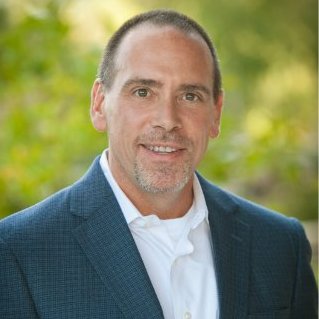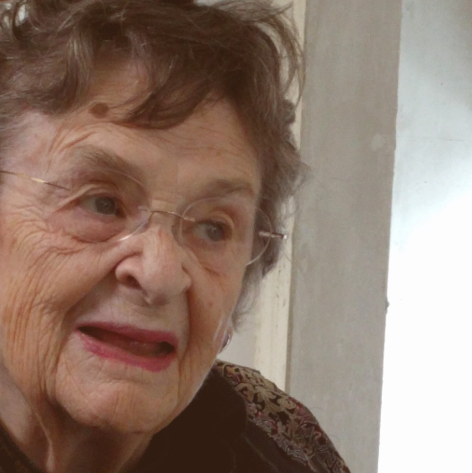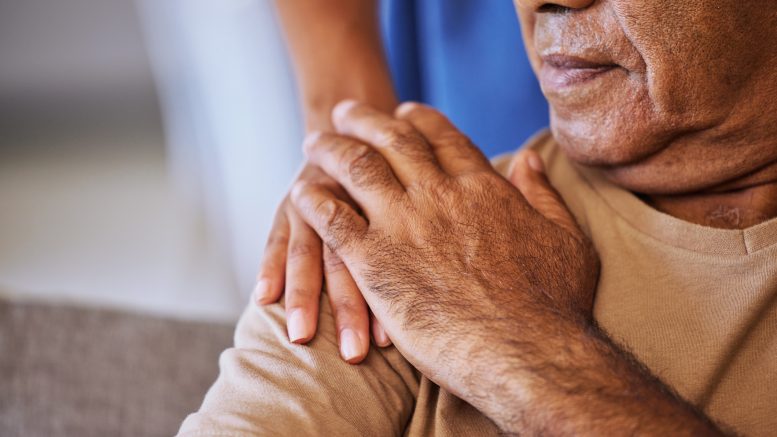In February, former President Jimmy Carter, age 98 and in failing health, announced his plan to forego further medical treatment and live his remaining days at home under hospice care, surrounded by family.
Hospice, as defined by the National Institutes of Health, is a type of care in which all efforts to prolong a patient’s life ends and the focus turns to making them as comfortable as possible. Hospice is generally reserved for patients with six or fewer months to live.
“Hospice is about comfort care. It’s about alleviating pain and symptoms, and allowing you to feel as normal as possible and as well as possible, until you die,” says Craig Dresang, CEO of YoloCares, a nonprofit hospice facility in Davis, Calif.

Hospice is a form of palliative care. But, under palliative care, seriously ill patients—unlike hospice patients—continue treatments to either cure or manage their illness.
The concept of hospice care has existed for centuries. But the birth of modern-day hospice care in the United States began in the 20th century. In 1963, Dame Cicely Saunders, a British physician who had spent years caring for the terminally ill, delivered a speech at Yale University on the benefits of palliative care for terminal patients.
Before that time, terminally ill patients in the United States had little say over how they wanted to die.
“The hospital systems in this country imposed curative treatment and procedures on people they knew were dying because they didn’t have any other alternative,” Dresang says.
Hospice advocate Madalon Amenta says that as a result, many terminally ill patients lingered in agony, receiving treatments like chemotherapy even when futile.
“At that time, they weren’t sophisticated about pain control. People just let people holler and yell when they were in pain or they doped them up so they were practically unconscious,” Amenta says. “It’s people like Cicely Saunders and her colleagues who really saw the opportunity of bringing the 19th century hospice model.”

Then in 1969, Dr. Elisabeth Kübler-Ross published the landmark book “On Death and Dying,” which gave the public greater insight into the terminally ill, their families and care teams.
Besides Kübler-Ross’ book, several social movements in the United States—the women’s movement, natural childbirth and civil rights—also helped spur interest in hospice.
“The hospice movement in this country grew out of the civil rights movement. It was about giving a voice and the power of decision to people who were terminally ill because up until hospice was introduced, folks didn’t have a choice about how and where they would spend their final days,” Dresang says.
As interest in the plight of the terminally ill grew, hospice programs began springing up around the country.
Then in 1983, President Reagan signed into law the Medicare Hospice Benefit. The law made it possible for hospice providers to get certified through Medicare and be reimbursed for their services.
Craig Dresang, CEO of YoloCares
“The hospice movement in this country grew out of the civil rights movement. It was about giving a voice and the power of decision to people who were terminally ill because up until hospice was introduced, folks didn’t have a choice
about how and where they would spend their final days.”
“The legislation saved the hospice movement because hospice organizations up until that point were all nonprofits and relied on volunteers. It made this model of care sustainable,” Dresang says.
Shortly after this legislation, in 1986, Amenta, a former nurse, co-founded and became the first executive director of the Hospice and Palliative Nurses Association, and she co-authored the textbook “Nursing Care of the Terminally Ill.”
“We had to define what the best nursing care for a hospice family would be and to put that into activities that could be quantified,” she says.
In recent years, private equity firms have begun establishing for-profit hospice programs, leaving patients with the most complicated and expensive conditions to nonprofit hospice care organizations like YoloCares, Dresang says.
“It can erode the reason why this model of care was created in the first place,” he says.
Moreover, for dying patients who are impoverished, or even homeless, hospice care is simply inaccessible.
But for people who choose hospice care, they are cared for by a multidisciplinary team of professionals.
“You get a social worker, a nurse, a nurse’s aide, a physician, a chaplain or spiritual care counselor, and a professionally trained volunteer if you want one who are all focused on your care,” Dresang says.
The professionals conduct weekly, interdisciplinary team meetings for each patient to compare clinical notes and observations and discuss a plan of care.
Dresang says many hospice patients begin feeling better, gaining weight and living longer. Some even leave hospice for a period of time. “They’re feeling better because they’re finally getting the kind of care they should have been getting all along.”
For information on finding hospice care for yourself or a loved one in Sacramento, Yolo, Colusa, Sutter and Solano counties, see https://yolocares.org/ To learn more about the new Sacramento hospice project, Joshua’s House, visit https://joshuashousehospice.org/


























